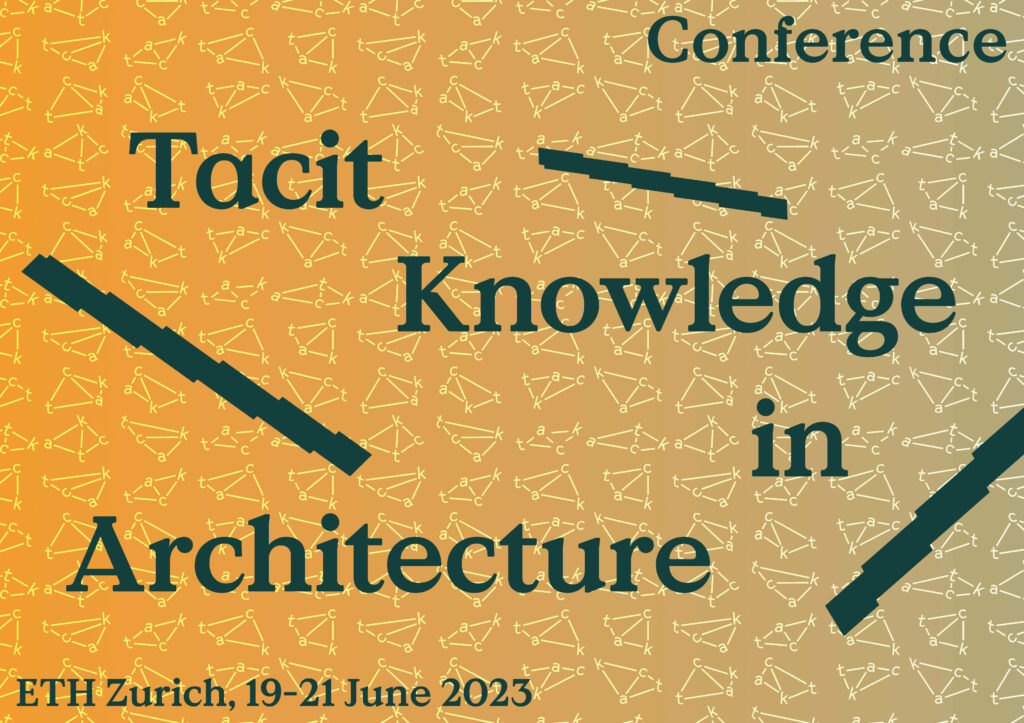Return to archive
title
Book Corner: “Tacit and Explicit Knowledge” by Harry Collins (2010)
author
Hamish Lonergan

Tacit & Explicit Knowledge, Harry Collins (2010)
In this book, Collins argues that previous accounts of tacit knowledge were imprecise in distinguishing tacit knowledge from explicit, leading some writers to claim that all knowledge is tacit. Collins takes the opposite position, arguing that nearly all knowledge that seems to be tacit at first can be made explicit and that, paradoxically, it is explicit knowledge which is harder to explain and more rarely studied. He identifies an economic rationale in this focus on the tacit, particularly in management studies: tacit knowledge, transferrable through verbal or written instructions, are cheaper to provide than the ongoing training (apprenticeships, practice, socialisation,) required for explicit knowledge.
Following an analysis of explicit knowledge, Collins differentiates between three types of Tacit Knowledge: ‘These have to do, respectively, with the contingencies of social life (relational tacit knowledge), the nature of the human body and brain (somatic tacit knowledge), and the nature of human society (collective tacit knowledge)’ (x). ‘Relational’ tacit knowledge is the ’weakest’ form. According to Collins, this type of knowledge is ‘hidden’ either: because a group keeps it deliberately concealed from outsiders; or because the knowledge must be ‘read’ through study of an artefact; or because the knowledge resides in an individual or group with no need to communicate this knowledge to others; or through misunderstanding (person A tries to explain to person B, but does not realise that person B lacks a crucial piece of knowledge). Thus, Collins concludes that ‘relational tacit knowledge’ could be easily communicated if all these ‘contingencies’—of knowledge control or communication errors—disappeared. In terms of architectural pedagogies, this might relate to ‘trade secrets’ that some teachers keep hidden or failure to realise what knowledge they first acquired that made architecture ‘legible’. ‘Somatic’ tacit knowledge relates to the limits of the human mind and body. Here, Collins suggests that the way that we learn to ride a bike—taking Polanyi’s famous example—usually has little to do with reading or receiving instructions, but rather through a more unconscious and bodily process of internalising a skill. Crucially, for Collins such skills can be made explicit by reproducing the same actions through scientific study and recreate then with machines that can mimic the same processes, even if we have difficulty explaining exactly what we are doing. In architecture pedagogy, this knowledge might encompass skills like drawing which connect mind and body, but which can be fairly easily reproduced by copying and practising.
Collective tacit knowledge is, for Collins, the only ‘true’ tacit knowledge in that it can never be made explicit. This knowledge relates to the complex range of social competencies that vary by culture: in the case of riding a bike, these include knowledge of traffic regulations and customs of eye contact etc. Cross describes this knowledge as ‘polimorphic’, requiring different actions depending on the circumstances in a way that can only be learnt through socialisation and experience. Each individual’s knowledge of this communal tacit knowledge must be continually renewed against the standard of society, and in this way it resides in the collective and not the individual, making it impossible to communicate in a purely explicit way. In architecture pedagogy, this knowledge—about making socially-constructed decisions about the content of a drawing or design—is the hardest to communicate, residing in the architectural community as a whole, not just the individual tutor. In this way, it is a type of knowledge that might be said to extend beyond the studio to other seminars and types of media.In concluding, Collins argues that most human activity requires all three types of tacit knowledge in a way that is impossible to make explicit in machines. Taking the example of Nonaka’s bread maker, he argues that while the bread maker might be able to fold bread, it relies on a great deal of tacit, social knowledge from humans in the company: what sort of new bread to make, how much to order and where. Furthermore, unlike Polanyi who emphasises the personal, Collins emphasises the decision making process that informs much of tacit knowledge, related to the collective: ‘The personal aspect of Polanyi’s “personal knowledge,” then, is not knowledge at all, but is the process of making good judgments and that arises out of having stores of tacit knowledge.’ (148).



